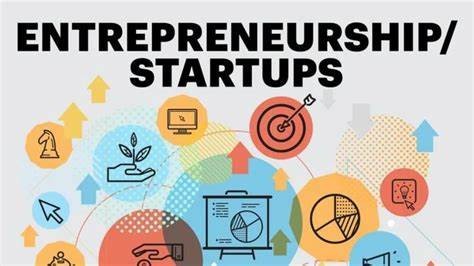“Bootstrapping vs. Venture Capital: Which Funding Route is Best for Your Startup in 2025?”
In 2025, the startup landscape is more dynamic and competitive than ever. As a founder, one of the most critical early decisions you’ll face is how to fund your dream. Should you build slowly and independently by bootstrapping? Or raise big capital quickly by pitching to venture capitalists?
Let’s break it down — with clarity, strategy, and a look into the future.
💼 What is Bootstrapping?
Bootstrapping means building your startup using your personal savings or reinvesting your company’s profits, without external funding.
✅ Pros:
- Full Ownership: You retain 100% control over decisions, shares, and the direction of your startup.
- Stronger Financial Discipline: With limited resources, you’re forced to make smarter choices and become resource-efficient.
- No Investor Pressure: You’re free from unrealistic growth targets or boardroom politics.
⚠️ Cons:
- Slower Growth: Without external cash flow, scaling takes time.
- Limited Resources: Marketing, hiring, and R&D may face budget constraints.
- Personal Financial Risk: If your savings run dry, so might your runway.
🧠 Ideal for: Founders building niche products, low-capex tech, or services with early revenue potential.
💰 What is Venture Capital?
Venture Capital (VC) is funding provided by investors in exchange for equity in your company. In return, they expect exponential growth — and big returns.
✅ Pros:
- Rapid Scaling: Access to large funds enables aggressive expansion, product development, and team growth.
- Mentorship & Network: VCs bring industry connections, advisors, and strategic guidance.
- Market Visibility: VC-backed startups often get more press and credibility.
⚠️ Cons:
- Equity Dilution: You’ll give up a portion of ownership and decision-making.
- High Pressure: VC investors expect fast results, often pushing for growth over sustainability.
- Exit Expectations: VCs typically look for acquisition or IPO — whether or not you’re ready.
🧠 Ideal for: Founders building disruptive, high-growth ventures in tech, health, fintech, or AI.
🔍 2025 Trends in Startup Funding
- Micro-VCs & Angel Networks are more accessible than ever.
- Revenue-Based Financing is emerging as a hybrid route.
- Founder-Friendly Terms are replacing aggressive equity grabs.
- Bootstrapped Unicorns like Zoho and Basecamp are inspiring a new generation.
- VC Focus is shifting to sustainability, climate tech, generative AI, and B2B SaaS.
💡 Which One Should YOU Choose?
Ask yourself:
- Do you need scale fast or control your pace?
- Is your product capital-intensive or lean?
- Are you solving a mass-market problem or serving a niche?
- Can you manage stress under investor scrutiny, or do you prefer freedom?

The best funding path isn’t about trends — it’s about alignment with your vision, values, and growth model.
🌱 Hybrid Approaches
More founders today are blending both worlds:
- Bootstrapping until product-market fit, then raising smart capital.
- Starting with VC, but building lean, revenue-generating models.
Some also explore crowdfunding, grants, or accelerators as middle paths.
📝 Final Thought
💬 “Bootstrapping builds freedom. Venture capital builds speed. Choose your journey — but always build with purpose.”
Whether you choose independence or investment, 2025 is your playground. Build a startup that not only survives but thrives on your terms. 🚀
